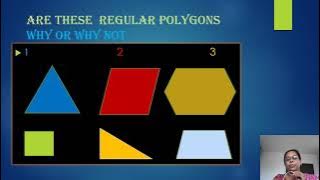Point (geometry) | Geometric algorithms | Polygons
Point in polygon
In computational geometry, the point-in-polygon (PIP) problem asks whether a given point in the plane lies inside, outside, or on the boundary of a polygon. It is a special case of point location problems and finds applications in areas that deal with processing geometrical data, such as computer graphics, computer vision, geographic information systems (GIS), motion planning, and computer-aided design (CAD). An early description of the problem in computer graphics shows two common approaches (ray casting and angle summation) in use as early as 1974. An attempt of computer graphics veterans to trace the history of the problem and some tricks for its solution can be found in an issue of the Ray Tracing News. (Wikipedia).



















